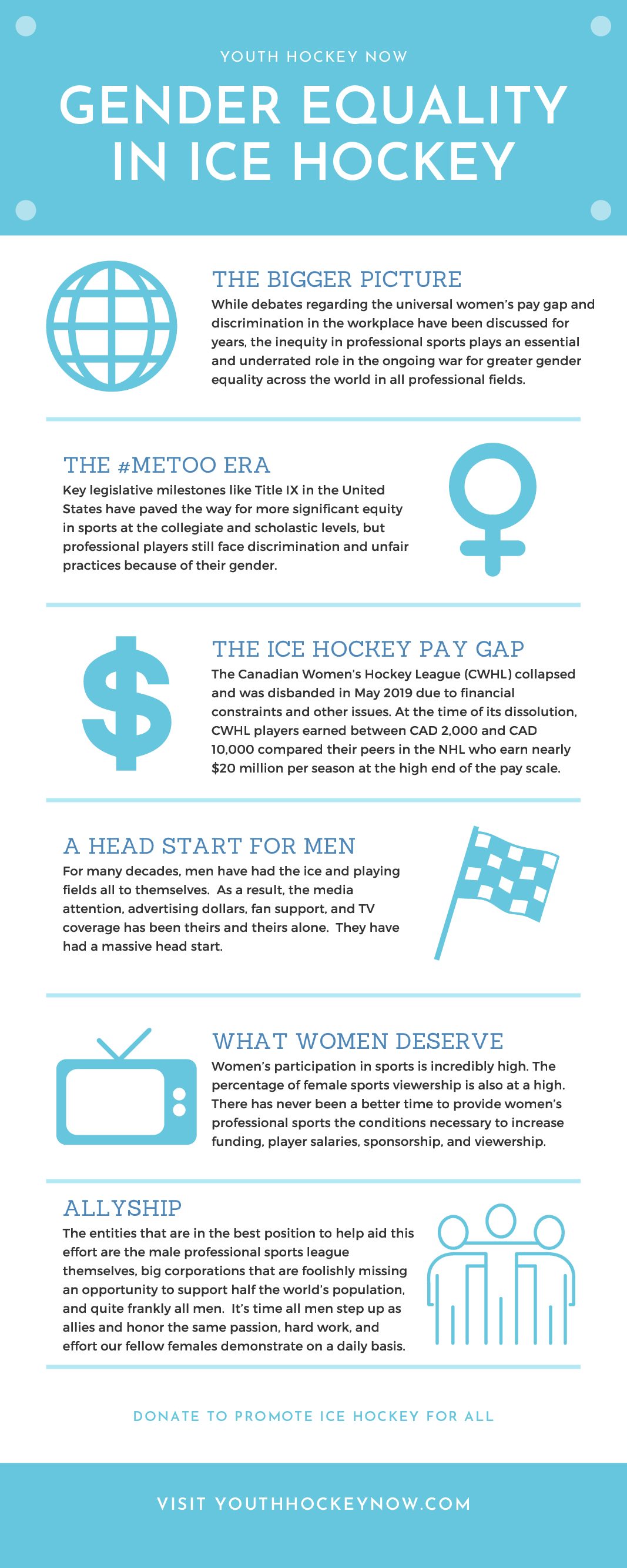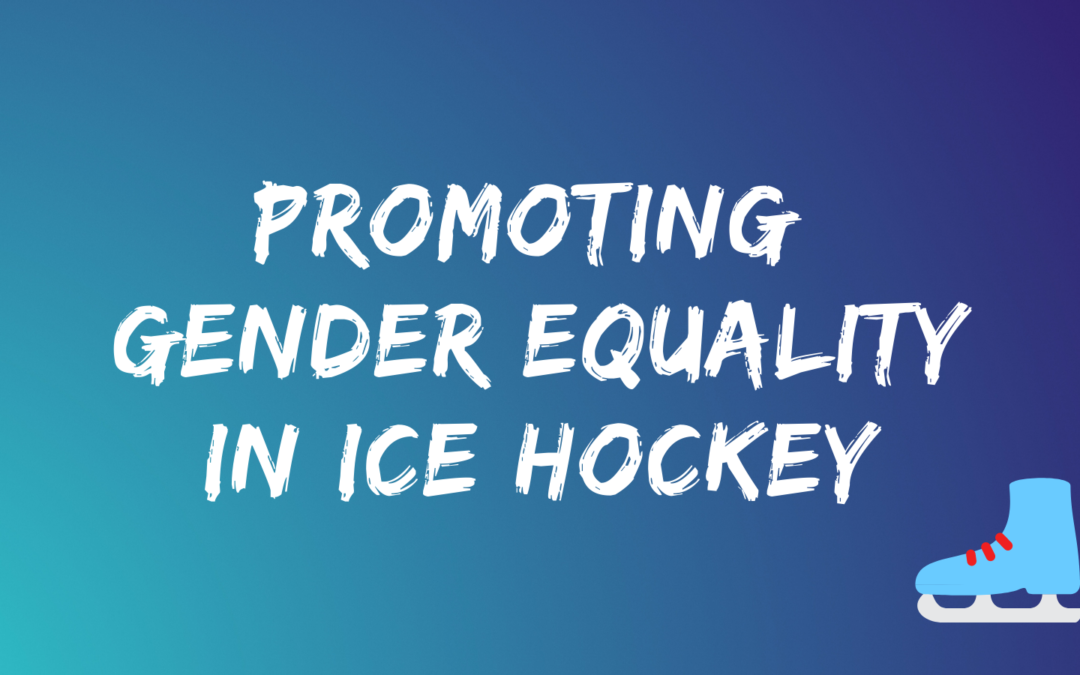
While debates regarding the universal women’s pay gap and discrimination in the workplace have been discussed for years, the inequity in professional sports plays an essential and underrated role in the ongoing war for greater gender equality across the world in all professional fields.
In the era of #MeToo, we have seen an increased spotlight on how women have not yet achieved parity with men, despite the significant progress that has been made in the last 50 years to break through the “glass ceiling.”
Key legislative milestones like Title IX in the United States have paved the way for more significant equity in sports at the collegiate and scholastic levels, but professional players still face discrimination and unfair practices because of their gender.
Critics of gender disparities in hockey routinely point to the massive difference in pay between professional female hockey players and their male counterparts in the NHL. The Canadian Women’s Hockey League (CWHL) collapsed and was disbanded in May 2019 due to financial constraints and other issues that had plagued the league. At the time of its dissolution, the CWHL players were earning between CAD 2,000 and CAD 10,000 compared their peers in the NHL who earn nearly $20 million per season at the high end of the league’s pay scale.
Critics who dismiss the fight for pay equity in women’s hockey, often point to the higher revenue that professional men’s sports generate compared to women’s sports. This difference, they claim, justifies the astronomically lower pay that women take home compared to men.
However, for many decades, men have had the ice and playing fields all to themselves. As a result, the media attention, advertising dollars, fan support, and TV coverage has been theirs and theirs alone. They have had a massive head start. Steps must be taken to provide adequate exposure for women’s professional sports. Women’s participation in sports is incredibly high. The percentage of female sports viewership is also at a high. There has never been a better time to provide women’s professional sports the conditions necessary to increase funding, player salaries, sponsorship, and viewership.
The entities that are in the best position to help aid this effort are the male professional sports league themselves, big corporations that are foolishly missing an opportunity to support half the world’s population, and quite frankly all men. It’s time all men step up as allies and honor the same passion, hard work, and effort our fellow females demonstrate on a daily basis.
